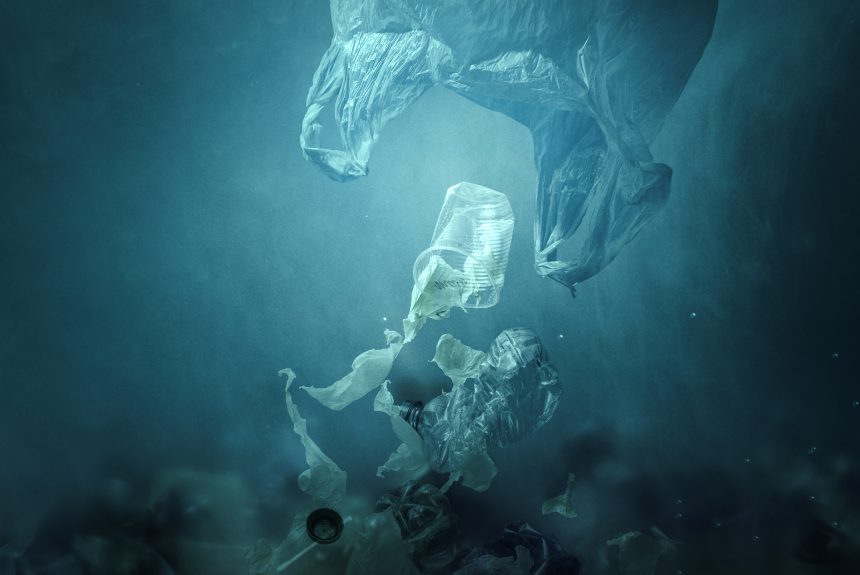Isn’t it Time We Make a Change. 25 Percent of Ocean Pollution is from Single Use Bottles. Plastic waste is extremely harmful to the environment and penetrates every aspect of it, including the land, oceans, marine life, and our own bodies. One of the best ways to curb this waste and the possibility of consumption is by reducing your use of disposable plastic bottles. Plastic Water Bottles Are Destroying Our Marine Environment.
Heron the Henson was a project based on, “Reducing single-use plastic bottle waste through awareness, education and art,” by the Earth Conservation Corps, a non-profit community organization in partnership with FutureMakers, a makerspace serving the Baltimore-DC area, and the DC community outreach program Youth Creating Change. The project was made possible through the DC Department of Energy and Envrionment (DOEE) Stormwater Solutions Grant.
The goal was to create a sculpture that would bring awareness to the problem of plastic bottle pollution in the Anacostia River and to socially engage the community through a Call to Action. Between 2013-2016 over 19,000 plastic bottles were collected from the Trash Trap at Diamond Teague Park. In 2016 alone 6,966 plastic bottles were pulled from the river. Over 1,000 bottles removed from the river so far in 2017 have been used to make the sculpture. As bottles are collected during river cleanups throughout the rest of the year they will be added to strands of wire and attached to the frame. By reusing the bottles pulled from the river we hope to visually drive home the reality of the situation.
Henson the Heron is named after Matthew Henson, the first African American arctic explorer. The sculpture was built at Earth Conservation Corps Matthew Henson center, about a half mile south of Diamond Teague Park on the Anacostia River. The great blue heron was chosen for the design because it is native to the region and brings attention to the Anacostia watershed ecosystem affected by pollution. The heron is a symbol of balance and represents the ability to adapt. Our hope is that it inspires people to take action so that we can one day have a river to swim in.

